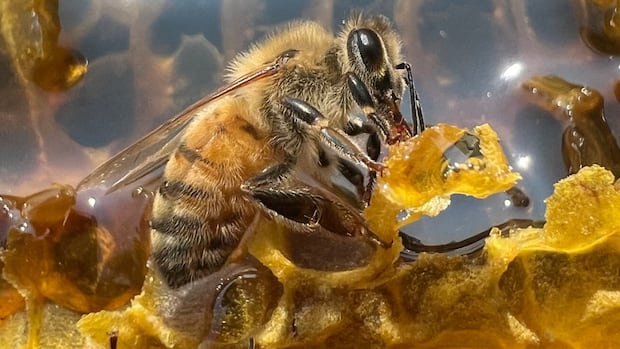There’s a 1.9% chance a big asteroid could hit Earth in 2032. Scientists say don’t worry about it

There is currently a 99 per cent chance that an asteroid up to the size of a football field will not hit Earth in the next eight years. However, according to NASA and the European Space Agency (ESA), there is still a two per cent chance that it might. These odds may not be comforting, as one popular space TikToker pointed out that even small chances can have significant consequences.
Despite the rarity of any asteroid impact risk exceeding the one per cent mark, scientists are not overly concerned. Richard Moissl, head of the Planetary Defence Office at the ESA, emphasized that an impact with Earth is not very likely and that there is no immediate threat or crisis situation at hand.
The asteroid in question, known as 2024 YR4, was first spotted by a telescope in Chile last month. It is estimated to be between 40 to 100 meters across and is currently moving away from Earth. However, it is expected to return in 2028. The potential impact date, if it were to occur (which still has a 98 to 99 per cent chance of not happening), is set for December 22, 2032.
As of the latest data, NASA has calculated the impact probability to be around one in 53, or 1.9 per cent. The European Space Agency is closely monitoring the asteroid and has highlighted its unique characteristics. While the asteroid has an almost 99 per cent chance of safely passing Earth in 2032, a potential impact cannot be entirely ruled out.
The International Asteroid Warning Network (IAWN) has issued its first-ever Potential Asteroid Impact Notification due to the one per cent impact probability threshold being crossed. The impact risk corridor extends across various regions, including the eastern Pacific Ocean, northern South America, the Atlantic Ocean, Africa, the Arabian Sea, and South Asia.
The asteroid made its closest approach to Earth on Christmas Day, passing within approximately 800,000 kilometers of our planet. It was discovered shortly after and is rated a Level 3 on the Torino Impact Hazard Scale, signifying a close encounter that merits attention from astronomers.
While the likelihood of an impact remains low, experts are considering potential responses if the impact probability remains above one per cent. Options such as deflecting the asteroid by crashing a spacecraft into it are being evaluated by international asteroid response groups endorsed by the United Nations.
In the event that the asteroid were to impact Earth, it would be comparable to the 1908 Tunguska asteroid impact, which resulted in significant destruction in Siberia. However, such events are rare, with an asteroid of this size impacting Earth every few thousand years.
Overall, the current focus is on closely monitoring the asteroid and gathering more data to refine impact probability calculations. As more information becomes available, scientists will continue to assess the situation and implement necessary measures to ensure the safety of our planet.




